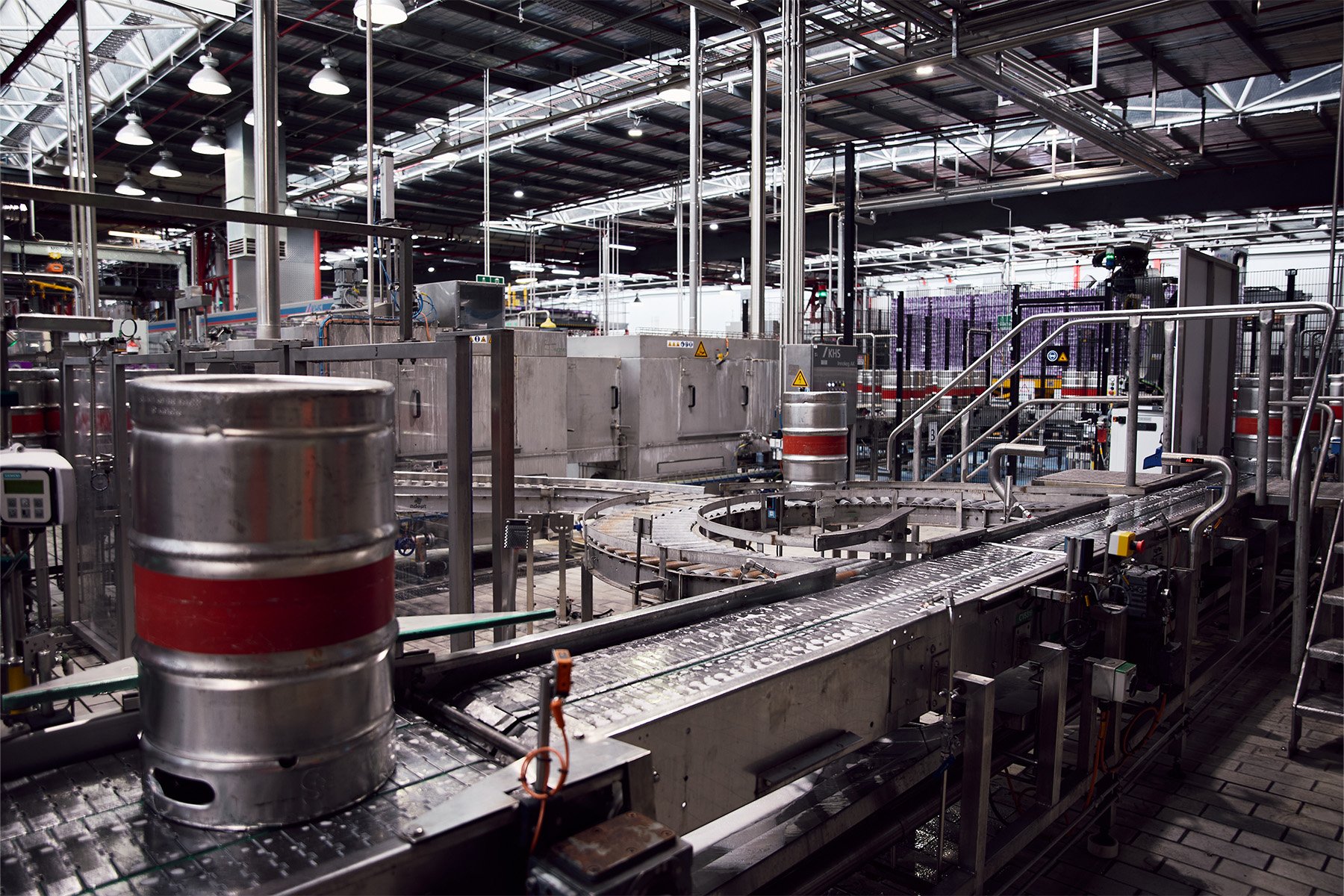There are a few things in life that you can rely on. Wash your car and it will rain so heavily that you wished you owned a boat instead. A mullet looks good on approximately 0.003% of the population. And for the manufacturing industry, the antipathy between IT and engineering has become so hackneyed and predictable, that the feud feels like a weary sub-plot of Neighbours.
Antipathy might be too strong a word, but ‘reluctance’ is certainly fitting. Several decades ago when business leader Jack Welch was the CEO of General Electric, he imagined that the emerging technology would create ‘a boundaryless workplace.’ Technology would hurdle over the many silos entrenched in organisations all over the joint.
He was dismayed to observe how entrenched departmental silos was a major impediment in allowing the available technology to fulfill its potential. He envisaged a world where technology developed to a stage where the geographical, cultural and hierarchical issues would disappear as a result of the possibilities of real-time technology.
And he was right. Real-time technology, and real-time data does allow businesses to break down silos. Business intelligence (BI) technology in manufacturing has gotten to such a stage that it can do so because:
- It creates one source of truth
- The sophistication of the aligned technology allows various stakeholders across the business to access and analyse the information easily.
However, to operate the technology engineers need to expand their skill set, which means working closely with IT to ensure that they are getting the most out of their systems.
One source of truth
Real-time data has matured significantly over the past year. Stakeholders across the business are now able to quickly access real-time data, often on a mobile device and get a clear, digestible snapshot of the operations. Gone are the days when you needed to be a business analyst to decipher large and awkward reams of information. It’s now been made so accessible that tableau calls visual analytics the ‘common language.’
Business intelligence technology has also evolved to the extent that it allows businesses to bypass much of the manual data gathering, which means that the data is much richer and much more accurate.
This means that the numbers are consistent and clear to across the departments. Traditionally, different groups across the business would work with an independent set of numbers they generated, which meant that their respective staff were working off different numbers. With accurate automated data, you eradicate this issue. This forces everyone to get on the same page and have more cohesive discussions, such as: what can we do to improve that number?
Cross-functional skills
In order to get the full benefit from BI technology engineers need to broaden their skillsets, which in turn promotes departmental alignment. As softwareadvice.com states:
‘We’ve moved out of an age where a pair of hands, a strong back, and a healthy work ethic is all that’s needed to get a well-paying job in manufacturing. The shift away from “old-line” manufacturing toward more advanced, computer-assisted manufacturing has changed the type of worker needed. Of course, this shift is nothing new – it is the result of a couple of decades of incorporating information technology and automation into our manufacturing processes. As these processes grow increasingly complex, the need for specialized and adaptable workers grows as well.’
And as the technology continues to advance, the skills gap will continue to widen. A recent Deloitte report forecasts that over the next decade, ‘nearly 3.5 million manufacturing jobs will be created in the U.S., yet over 2 million of those jobs will be go unfulfilled.’
It is no surprise then that CEOs surveyed in the report identify upskilling their workforce as the number one priority in ensuring future competitiveness. In fact, in the near future separate departments might not even exist. The World Economic Forum predicts that IT and engineering will become highly integrated.
Therefore it’s not a case that IT and engineering need to start to get along, the matter has advanced to the degree that their roles are becoming highly entwined. In order to make sure they can be still relevant to their business, colleagues from both sides must realise that they need each other.
Would you like to know more about how real-time data can help overcoming silos in manufacturing? Then you need to download our guide to driving operational efficiencies through real-time data today.





